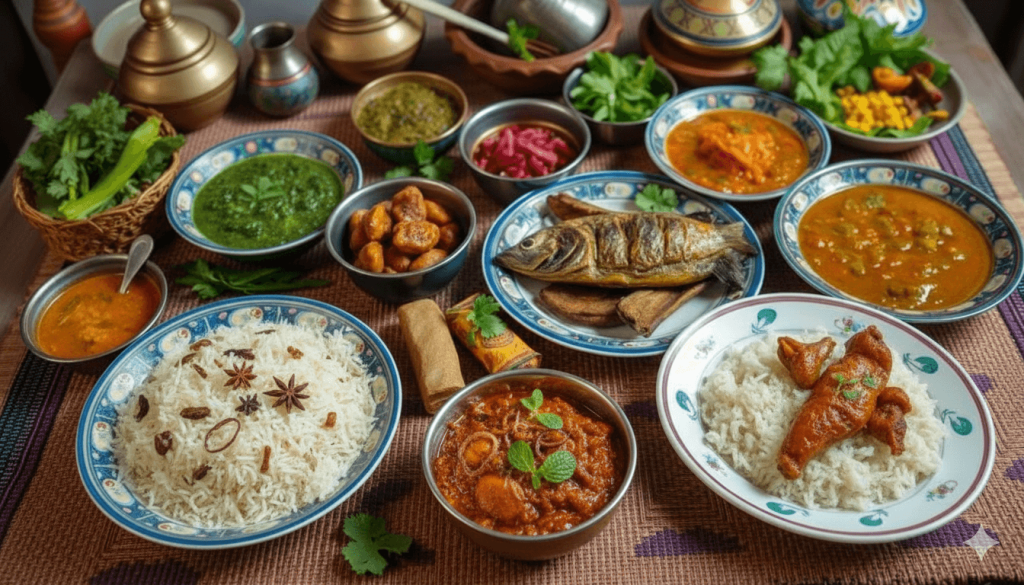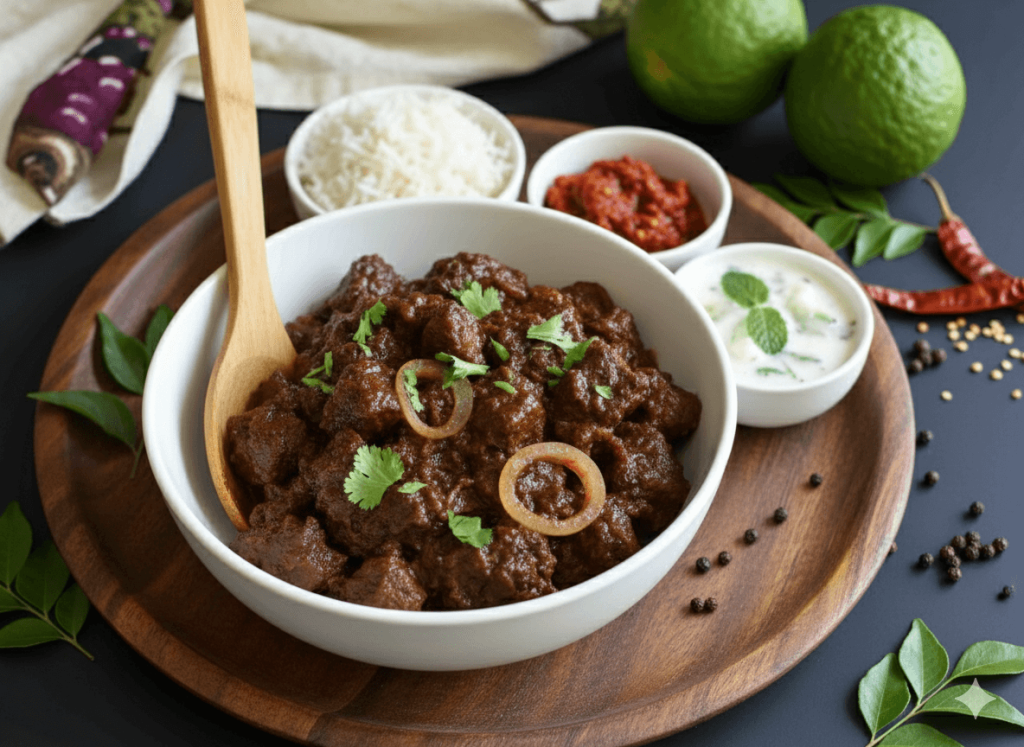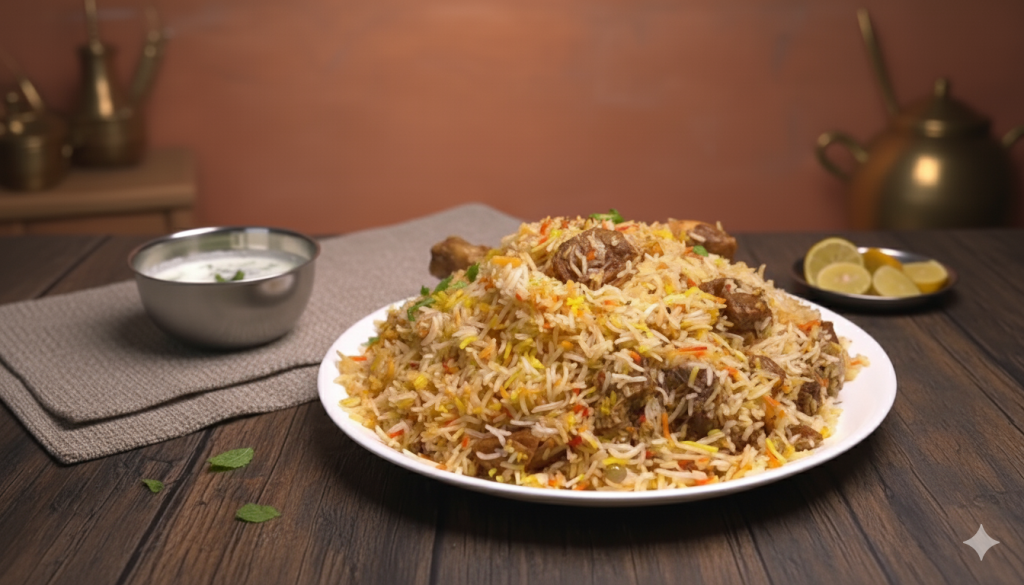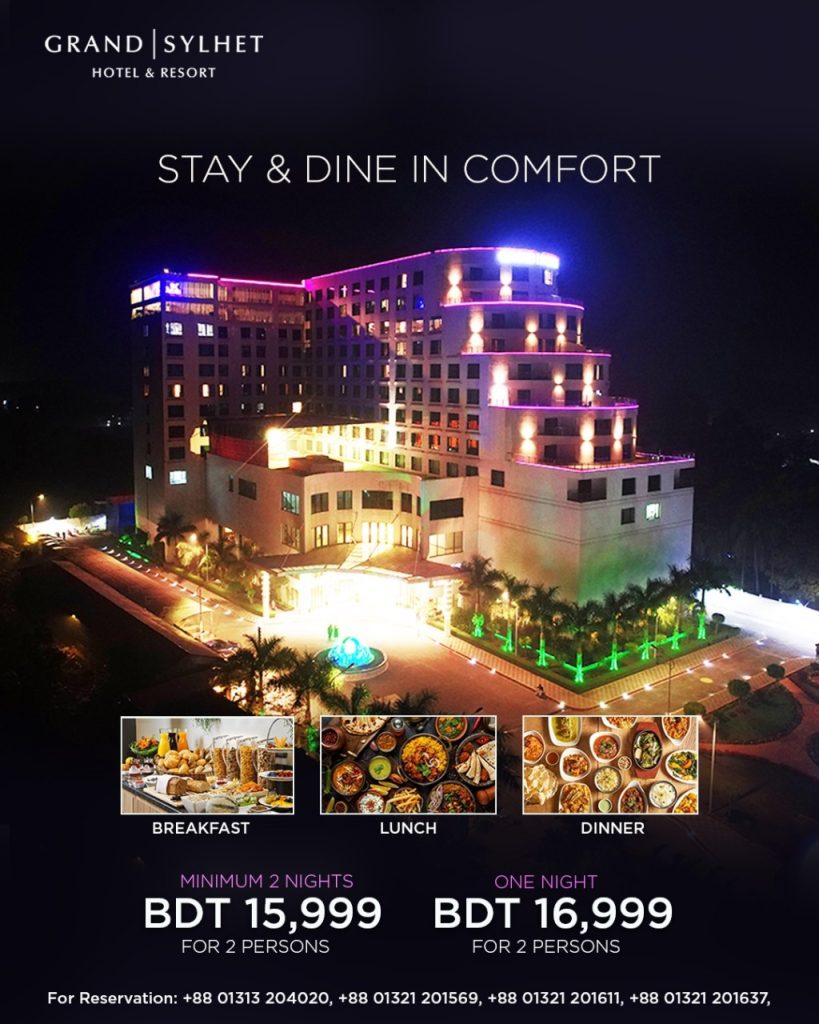A Culinary Journey Through Sylhet: Must-Try Dishes

Sylhet’s culinary heritage is unlike anywhere else in Bangladesh. The region’s food is shaped by its fertile land, citrus groves, and centuries of tradition. Travellers who want to understand Sylhet must taste its signature dishes, because food here is more than sustenance-it’s identity, memory, and hospitality served on a plate.
From the tang of shatkora to the pungent aroma of shutki, Sylheti cooking is bold, unapologetic, and deeply rooted in local culture. You’ll find curries that simmer for hours, rice dishes that perfume the air with spices, and snacks that bring people together on street corners. Let’s take a journey through the flavours that define this remarkable region.
What makes Sylheti cuisine unique?
Sylhet’s culinary heritage stands apart because of its reliance on local produce and historic cooking methods. The land is blessed with citrus fruits, fresh water fish, and rice fields, all of which find their way into the kitchen. Unlike the heavy cream-based curries of North India, Sylheti food leans on sharp, tangy, and earthy notes.https://enovicke.acs.si/
The use of shatkora, a citrus fruit native to the region, is perhaps the most distinctive marker. Its bitter rind and sour flesh transform meat dishes into something unforgettable. Add to that the tradition of cooking with shutki, or dried fish, and you have a cuisine that is both rustic and refined. It’s not food designed for tourists-it’s food that tells the story of the land.https://ynpcrw.meu.edu.jo/
What is Beef Shatkora, and why is it Sylhet’s signature dish?

Beef Shatkora is the crown jewel of Sylhet’s culinary heritage. This slow-cooked curry combines tender beef with the rind of the shatkora fruit, creating a flavour that is rich, earthy, and vibrantly sour. The meat absorbs the citrus oils as it simmers, producing a dish that is both hearty and refreshing.
Traditionally, it’s served with plain boiled rice or sticky glutinous rice, which balances the sharpness of the curry. Some cooks outside Sylhet substitute grapefruit when shatkora is unavailable, but locals will tell you it’s never quite the same. The dish is more than a recipe-it’s a cultural emblem, often prepared for guests to showcase Sylheti hospitality.
How is Akhni Biryani different from traditional biryani?
Akhni Biryani is another highlight of Sylhet’s culinary heritage, though it differs from the layered biryanis found in Dhaka or Kolkata. Instead of stacking rice and meat, akhni is cooked in a single pot. This method allows the spices to mingle more deeply with the rice, producing a lighter, more fragrant dish.

It’s especially popular during Eid and Iftar, when families gather to share food after long days of fasting. The dish often includes potatoes, which soak up the spices and provide a comforting texture. If biryani is a symphony of layers, akhni is a soulful ballad-simple, direct, and deeply satisfying.
What is Mezban Beef, and when is it served?
Mezban Beef is not just a dish; it’s an event. Part of Sylhet’s culinary heritage, this fiery beef curry is prepared in enormous quantities for communal feasts known as Mezban. These gatherings are about more than food-they’re about generosity, community, and tradition.
The curry itself is rich, spicy, and unapologetically bold. Cooked with a heavy hand of red chilli and aromatic spices, it’s designed to feed hundreds at once. For travellers lucky enough to attend a Mezban, the experience is unforgettable. Imagine sitting shoulder to shoulder with strangers, sharing food from steaming platters, and realising that hospitality here is measured in abundance.
What is Shutki Shira, and why is it considered an acquired taste?
Shutki Shira is perhaps the most divisive dish in Sylhet’s culinary heritage. Made with dried or fermented fish, it has a pungent aroma that can overwhelm dewa4dku the uninitiated. Yet for locals, it’s a delicacy that evokes home and comfort. The broth is cooked with seasonal vegetables and regional spices, producing a flavour that is smoky, salty, and deeply savoury.
The most prized version uses hidol shutki, though other fish varieties are also common. For outsiders, the first spoonful can be a shock, but give it time and the complexity begins to shine through. It’s a bit like strong cheese-challenging at first, but addictive once you acquire the taste.
What are the most popular Sylheti snacks and sweets?
No exploration of Sylhet’s culinary heritage would be complete without its snacks and sweets. Pitha, for instance, comes in countless forms. In winter, families gather to make rice cakes filled with lentils or sweetened coconut. Nakshi pitha, with its intricate designs, is as much a work of art as it is a treat.
Street food is another essential part of the experience. Chotpoti, a tangy mix of chickpeas, potatoes, and tamarind sauce, is sold from carts that draw crowds in the evenings. Fuchka, those crispy hollow balls filled with spiced potatoes, are eaten standing up, one after another, until you lose count. These snacks toto slot are not just food-they’re social glue, bringing people together in laughter and conversation.
Where can travellers eat authentic Sylheti food?
To taste Sylhet’s culinary heritage in its purest form, you need to know where to go. Panshi Restaurant is a local institution, famous for its wide array of traditional dishes. The atmosphere is lively, the portions generous, and the flavours uncompromisingly authentic.
Another favourite is Pach Vai Restaurant, known for hearty meals that feel like home cooking. But for the most immersive experience, head to the evening markets around Rikabi Bazar, Darga, or Shahi Eidgah. Here, street vendors serve everything from fuchka to shutki shira, and the air is thick with spice and smoke. If you’re lucky enough to be invited to a Mezban feast, seize the chance-it’s the ultimate way to experience Sylheti hospitality.
Conclusion
Sylhet’s culinary heritage is a living tradition, carried forward in kitchens, markets, and communal feasts. From the citrus tang of Beef Shatkora to the fiery depths of Mezban Beef, the food here is bold, distinctive, and unforgettable. It’s not just about taste-it’s about culture, memory, and the joy of sharing.
For travellers, exploring Sylheti cuisine is like opening a window into the soul of the region. Every dish tells a story, every flavour carries history, and every meal is an invitation to connect. So, the next time you find yourself in Sylhet, don’t just eat, listen, learn, and savour the journey.
